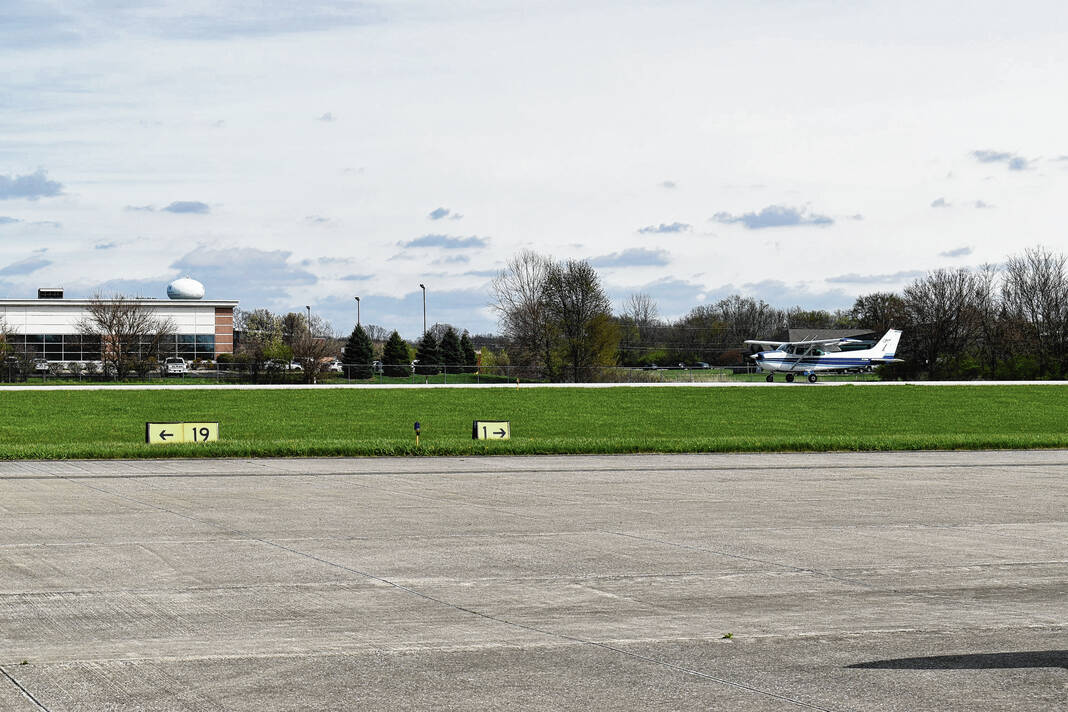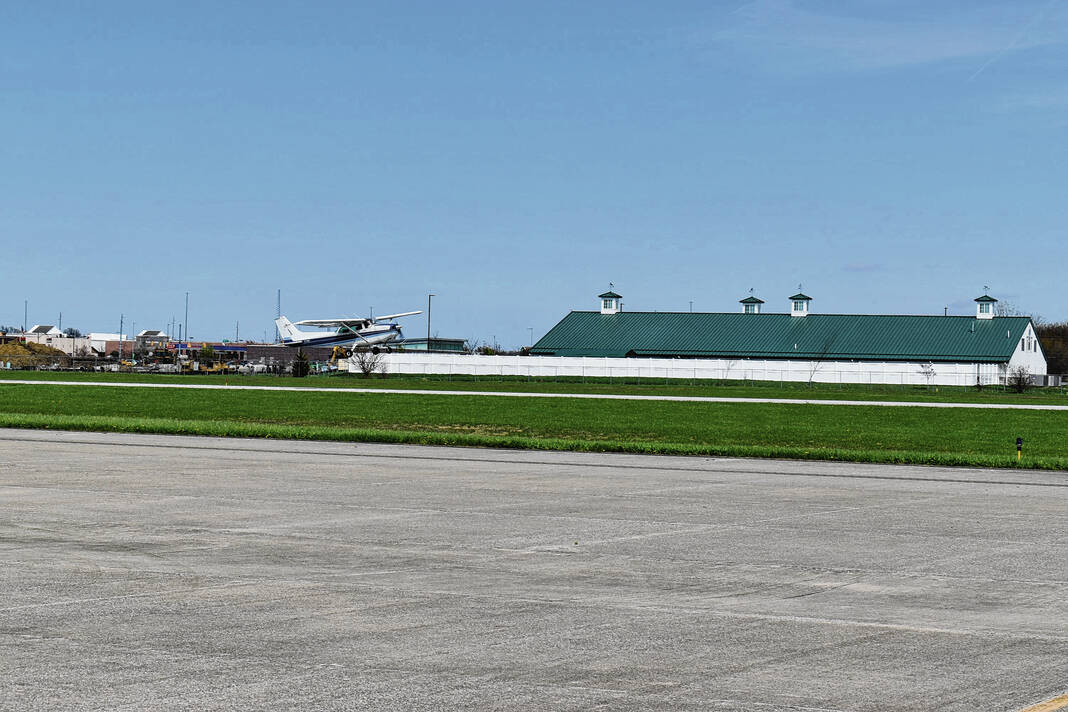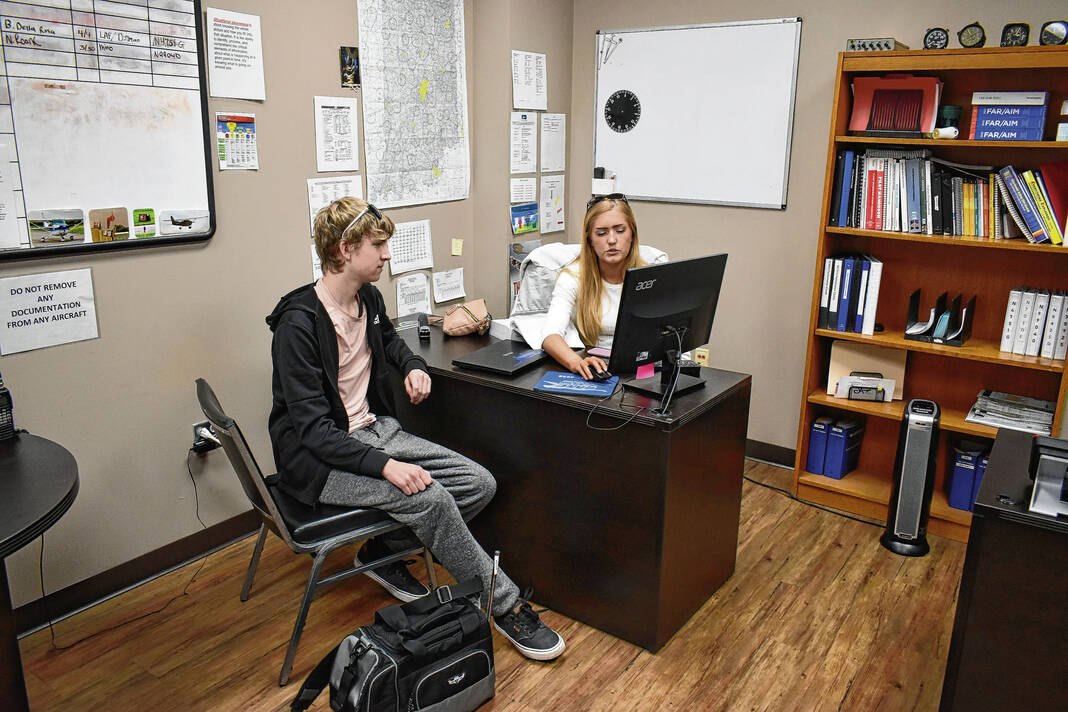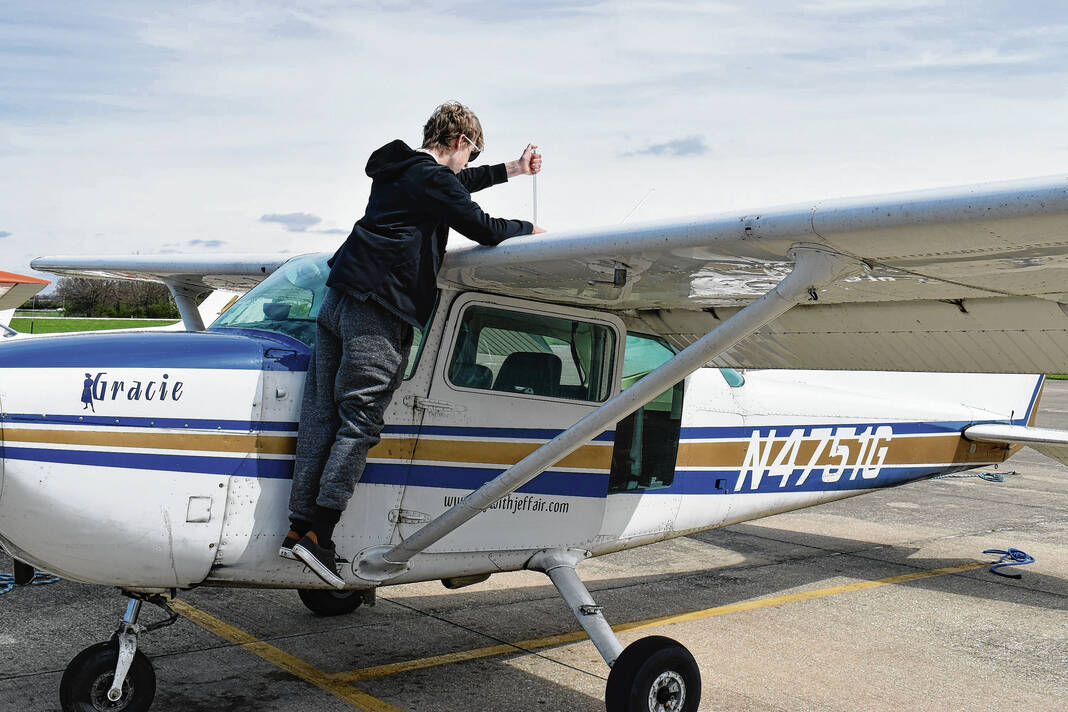Airlines across the country are facing pilot shortages, and a local flight school is doing its part to train the next generation of pilots.
The aviation industry is bouncing back from a lower number of flights and passengers due to COVID-19, but the industry faces new challenges. There is a growing demand for new pilots at the same time the industry is facing a shortage of certified pilots. Over the next two decades, North American airlines are expected to be in need of around 130,000 new pilots, according to research from Statista, a company specializing in market and consumer data.
What’s behind the shortage
The shortage was building even before the pandemic, say flight instructors from Jeff Air Pilot Services, a family-owned and operated flight school based at Indy South Greenwood Airport.
Jeff Air Managing Member Tom Jeffries first heard of the worldwide pilot shortage several years ago, although, at the time, many airlines did not want to talk about it. Over the last few years, however, airlines have been more open about it because they don’t expect it to go away anytime soon, he said.
“This shortage has been going on a while, and I don’t think it’s going to end very quickly because now we have an even greater worldwide pilot shortage, not just in the U.S.,” Jefferies said.
When the pandemic began, there were concerns that airlines would furlough hundreds of staff, including pilots. As a result, many people who were considering becoming a pilot, decided against flight school, said Clarisse Tweeten, a flight instructor at Jeff Air Pilot Services.
The furloughs did end up happening, but were not as severe or long-lasting as people feared.
Early retirements also exacerbated the shortage. The Federal Aviation Administration requires pilots to retire at age 65, so when some pilots saw the impact of COVID-19, they decided to retire early, said Larry Bell, a flight instructor with Jeff Air Pilot Services.
“There was a mass retirement of people at the top of the seniority list, so to speak, at that 60 to 65 range when COVID hit,” Bell said.
The airline industry recovered quickly from COVID-19. Once pandemic restrictions began to lift there was a pent-up demand to travel.
“They’re all ready to go on vacation, but you just lost a massive top percentage of your pilots and you’ve got to train new hire pilots,” Bell said.
It can take 3-to-5 years to train a pilot, meaning pilots who quit in 2020 will not be replaced for another 3-to-4 years, Bell said.
Some students who were in training before pandemic decided to quit. Flight training is expensive, running anywhere from $60,000 to more than $100,000, so some students decided training wasn’t worth the investment in the midst of the pandemic, Bell said.
“If they’re laying pilots off, I’m gonna send them to medical school or tell them to be a business (professional) or a journalist or whatever,” Bell said. “We lost that population of students at that time that did not return to training because they just totally switched careers.”
The pilot shortage could lead to more flights getting canceled. For example, if there are not enough flight captains to man the number of flights needed for an airline, flights could get canceled because of the lack of personnel, Tweeten said.
It’s not just the lack of pilots that could cause issues either. There could also be a shortage of line crew personnel — the people who pull planes onto ramps and fill up the planes with fuel – as well, she said.
“There are shortages in many different parts of the airline industry. It’s not just a pilot shortage I would say,” Tweeten said.
The aviation industry is also facing a shortage of flight instructors. Jeff Air Pilot Services, for example, has had many instructors come and go. Student pilots often temporarily work as instructors to get the required number of flight hours they need to work at a major airline. School officials are fine with this because their main goal is to get more pilots employed by the airlines, Jeffries said.
Aviation industry outlook
Recently, Jeff Air has seen more high school students wanting to get into aviation and people who are changing careers. A number of people who are changing career are former first responders, Jeffries said.
There are many schools that regularly churn out pilots and there’s a growing interest for students in high school and college to start flight training, Tweeten said.
“I started flight training in college randomly after being an English major for two years,” Tweeten said. “I used to be a journalist and write articles for my school newspaper and I was just like, ‘I’m going to go be a pilot instead.’ It’s kind of cool how the airline can get people interested from all walks of life and get people who are totally unrelated to the industry and get them to come over and be pilots, be flight attendants, or whatever.”
Flight students are optimistic about their job prospects in the aviation industry, but are not opting for this career path just because of the shortage.
“I would say they kind of know when getting into aviation, you’re gonna have a useful skill,” Tweeten said.
Several major airlines have temporarily dropped requirements for a four-year degree and upped incentives to attract more pilots. Dropping the requirements could save students time in training and get them employed by an airline sooner, Bell said.
The earliest someone can get a private pilot license is 17, followed by a commercial license at 18. So, students could start training as a sophomore or junior in high school and have a commercial pilot license by graduation.
With the college degree requirement relaxed, students could either go to college or become a flight instructor to get the required 1,500 flight hours needed to work at a commercial airliner. After that it is a waiting game until they turn age 21, the minimum hiring age for commercial airliners.
The more the industry lets people know being a pilot is a good career and makes it a goal to make training more affordable, more people will become pilots, Tweeten said.
The best way to solve the instructor shortage is to lure retired pilots back to become instructors, Jeffries said.
“That’s what I’ve done … We’re taking the information that we learned over the years and are using that to help these young people get to where they want to go,” Jeffries said.
Jeffries and other instructors at the flight school think there is hope for the future of flight.
“We’re optimistic about the young people because the salaries are better than they’ve ever been. The airlines are cooperating more and making it easier,” he said.












